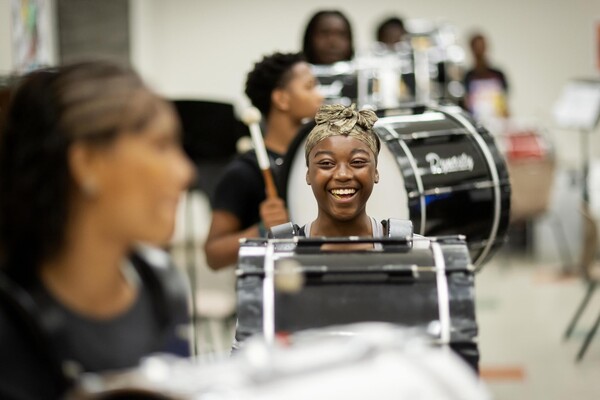
Image: Aditya Irawan/NurPhoto via AP Images
PHILADELPHIA — A three-pronged immunotherapy approach nearly doubles five-year survival among patients with rare leukemic form of cutaneous T-cell lymphoma, reports a new study by dermatologists from the Abramson Cancer Center and Perelman School of Medicine at the University of Pennsylvania.
In a retrospective study of 98 patients with advanced Sezary Syndrome – treated over a 25 year time span at the Hospital of the University of Pennsylvania – patients treated with combination therapy experienced a higher overall response rate compared to previous studies (74.4 percent vs. 63 percent), and a higher complete response rate (30 percent vs. 20 percent). The 5-year overall survival rate was also higher than previously reported (55 percent vs. 30 percent). Researchers concluded that combination immunotherapy is more effective than a single treatment.
"This rare disease, if caught soon enough, may no longer be fatal, thanks to advances in treatment and our understanding of the disease," said Alain Rook, MD, professor of Dermatology and senior author of the study, which appears online in the Archives of Dermatology, a JAMA/Archives journal. "In addition, our improved understanding of prognostic factors will help us tailor treatments for each patient, based on the aggressiveness of their disease, and better predict individual patient outcomes."
Click here to view the full release.
Kim Menard

Image: Aditya Irawan/NurPhoto via AP Images

nocred

Image: Michael Levine

A West Philadelphia High School student practices the drum as part of a July summer program in partnership with the Netter Center for Community Partnerships and nonprofit Musicopia.
nocred